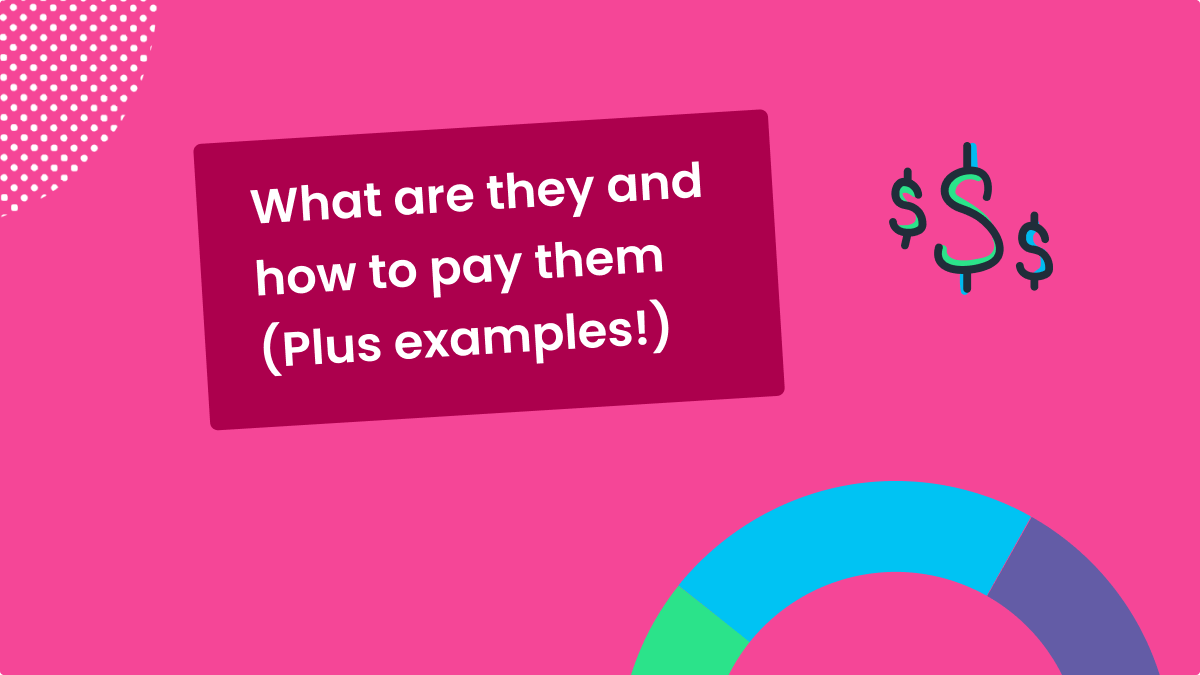Sales incentive compensation often features multiple avenues for reps to earn variable pay, such as bonuses on logo commissions or multi-tier commission structures like accelerators.
We like to refer to these rules as “paths,” or the different ways a rep can earn sales compensation within a comp plan.
Some other paths might include milestone bonuses, accelerators with cliffs, single-rate bonuses, or any combination of the three, but this blog focuses on logo commissions.
Designing compensation plans? Here’s what you need to know about logo commissions.
Free Sales Commission Calculator Template
A free spreadsheet to simplify the commission tracking process. Track what you or your team have earned in 4 inputs.
Download NowWhat are logo commissions?
First, let’s clarify.
This article will not explore how to commission a graphic designer to draw up your business logo. If that’s why you’re here, this blog will only bring disappointment. For that info, kindly redirect here and come back when you need to automate sales commission tracking. Thanks for stopping by.
Still here? Great!
In software sales commissions, revenue leaders sometimes reward higher payouts on deals based on logos.
For instance, if the organization aims to close the top 15 logos of a specific industry, the comp structure will reflect higher commissions or bonuses accordingly.
One step further, let’s say we’re an HR rewards platform and we’re targeting the real estate tech industry. Our base salary plus commission structure pays a flat 12% commission rate for deals that include enterprise-defined reality tech firms, like Zumper, OpenDoor, and Zillow. This rate comes in marginally larger than the standard commission rate of 8% on all other deals under this comp plan.
This technique acts as a great way to motivate reps to go after those jewel accounts and works synchronously with account-based marketing (ABM) campaigns.
However, if reps focus too much of their attention solely on prospects that fall under logo commission guidelines, they may miss out on deals with other ideal customer profiles (ICP).
So, while we suggest logo incentives, we recommend not making it the main driver of your comp plan.
Logo commissions as a SPIF
Instead of carving out and reserving space for logo commissions with your comp plan (remember, less is more), some teams insert logo-based payouts as a SPIF. A SPIF represents a short-term mechanic of the overall comp plan. Leaders typically implement these on an ad-hoc basis throughout the year.
Logo SPIFs might include customers won from a competitive takeaway or a larger customer from a specific industry. The latter can create credibility for your organization, like the example above. Sometimes, sales teams will pay a SPIF to lock in a lighthouse customer in a new market, territory, or country.
TIP: If you’re considering adding logo commissions to your pay structure, test it as a SPIF beforehand to see how it impacts your outcomes. If it doesn’t alter selling behaviors, then no need to add it to your plan.
Calculate OTE:Quota ratios
Use this free calculator to ensure your reps’ on-target earnings and quotas mirror what they’re bringing in for the business.
Try it NowLogo commission pay examples
Next up: examples!
The most important piece to remember, and in comp planning, is to clearly define the rules around how the rep earns the extra payout. This will ensure everyone understands sales reps commissions.
Below, we’ve listed some examples that include strict guidelines.
Example 1: For signed customers with employee counts above 200, the rep takes home a single-rate bonus of $500.
Example 2: The rep earns a flat $1,000 bonus for signing up any companies between 200 and 1,000 employees.
Example 3: The rep collects $2,000 on every deal for companies with 1000-plus employees.
Or, perhaps a company pays a logo bonus based on contract value.
Example 4: For any contract value more than $5,000, the rep receives a single-rate bonus of $500.
Example 5: Reps earn $1,000 on any contract valued between $5,000 and $10,000.
Example 6: For any deal larger than $10,000, the rep collects a $2,000 bonus.
Tracking logo commissions in QuotaPath
Historically, Sales and Finance have manually tracked logo commissions under their own system — reps, too. Who else do you think is Googling “how to calculate commission?”
No need, my friends. QuotaPath exists so that all you have to do is add the SPIF into the platform. We’ll take it from there and automatically track it. Or, team up with us to design your comp plan with logo bonuses with our guidance. We’ll ensure it maps correctly in the system.
You can read about our customerPrefect’s experience with the platform. Prefect specifically runs “logo bounties,” which counts as the second big driver of their comp plan. Instead of a percentage, Prefect’s team earns a flat-rate bonus based on deal size.
“It sounds like a SPIF, but it’s part of the comp plan on a recurring basis,” Prefect Head of Finance Thomas Egbert said.
Want to learn more? Book a time with us today to see if we’re a match.



